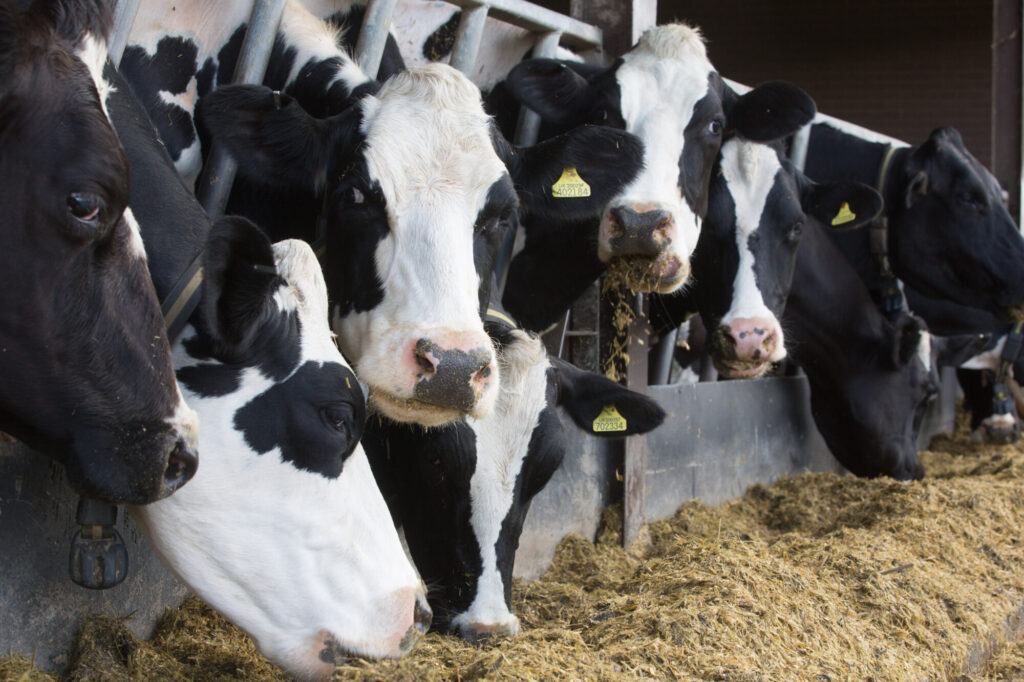Optimising post-calving health vital to prevent ketosis in dairy cows
8th September 2023
With cows being at increased risk of disease in the first month post-calving, farmers are being urged to act now to prevent milk losses due to ketosis and transition-related disease.
To protect margins amid dropping milk prices, Roxy Winstanley, key account manager at Elanco, said it is important cows reach peak milk production as quickly as possible after calving.
“Although autumn block calving helps streamline management, calving a lot of cows at a similar time can result in additional stress to the animals,” she said.
“A higher stocking rate in the shed can increase competition for cubicles as well as feed and water space.
“This means that some cows may struggle to get the nutrients they require, decreasing the amount of energy available post calving. This can increase the likelihood of them developing ketosis,” she explained.
Research has shown that approximately 75% of diseases in dairy cows happen in the first month post-calving, with 50% of cows developing some level of ill health. This includes ketosis, which is a ‘gateway’ disease, and increases the likelihood of other conditions occurring.
Ms Winstanley said cows with subclinical ketosis are 1.5 times more likely to go lame, twice as likely to develop mastitis and six times more likely to develop cystic ovaries.
“When you consider that treatment for mastitis alone can cost between £70 – £250 per cow, this quickly adds up,” she noted.
Concerningly, while only 0.5% of cows might develop clinical ketosis, up to 60% of freshly calved cows may be suffering from subclinical ketosis. Although it often goes undetected, the disease can have huge implications on milk yields and the overall health and performance of the herd.
“Over the course of a lactation, subclinical ketosis can lead to direct milk loss of 340kg[4] for a cow and 500kg for heifers,” Ms Winstanley continued.
“Subclinical ketosis can also have a direct effect on fertility by delaying oestrus post-calving and reducing conception by 50%.”
To help mitigate the negative energy balance that causes ketosis, Ms Winstanley recommends administering a monensin bolus to at-risk cows.
“To identify those at-risk, think of the acronym, SOFT. This means cows that are Sick, Old, Fat, Thin or Twin bearing. These individuals have the highest chance of developing ketosis and should be targeted for treatment,” she advised.
“Administering the bolus around three weeks before calving can help to change the microbes within the rumen to make them more efficient at producing energy for the cow.
“It’s an effective way to shrink the negative energy gap, prevent ketosis and protect your herd from increased disease levels immediately after calving,” she said.
For further information on preventing ketosis in dairy cows, visit: www.farmanimalhealth.co.uk/dairy/kick-ketosis.

